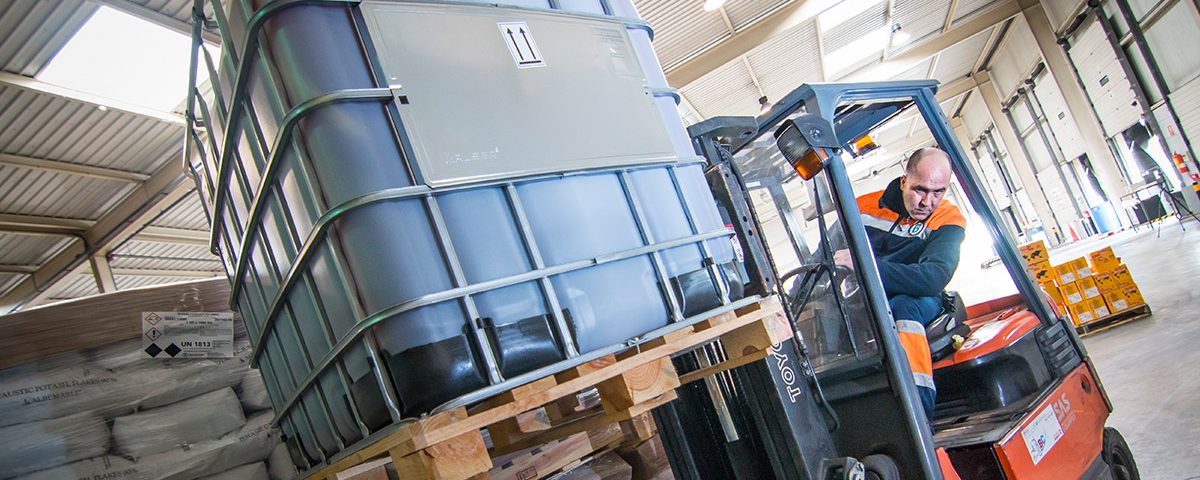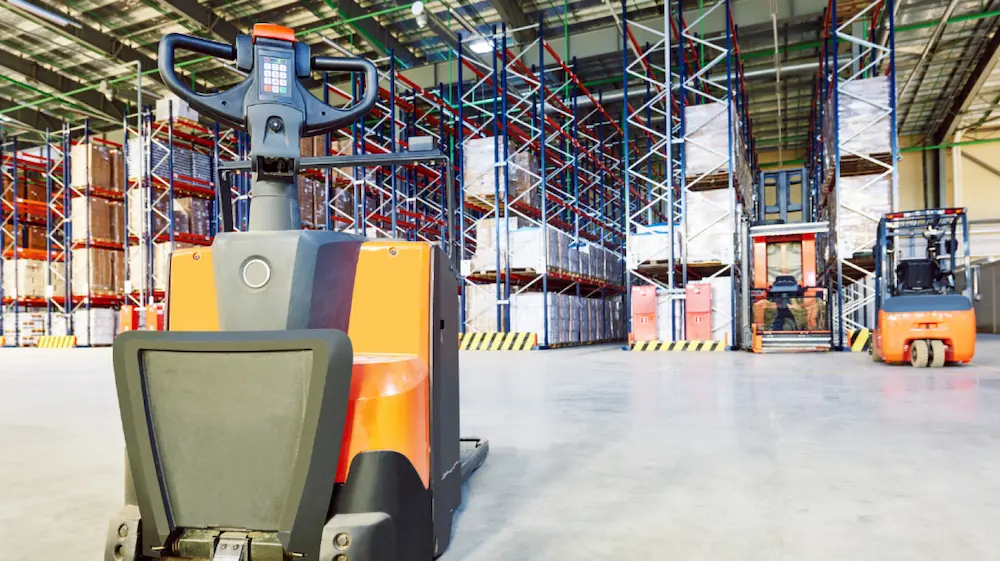In a process as delicate as ADR transport, there are several phases that must be carried out with the utmost professionalism and, therefore, require trained people who know perfectly the protocols to be followed in each case. We will now discuss who the ADR specialists are and what functions they perform in each case.
One of the essential figures of ADR transport is, precisely, the transporter, that is, the person in charge of moving the materials from one point to another in vehicles suitable (and conditioned) for this task. The carrier’s responsibilities also include ensuring that the vehicle to be used for transport is properly placarded and includes the necessary plates to inform other drivers of the cargo contained therein. This type of signage is subject to the classification of hazardous materials and allows for added clarity and prevention in the transportation process.
It should be noted that ADR specialists must have a certificate attesting that they are qualified to perform these procedures. In the case of drivers, they must pass an initial training course that must be updated every five years in order to extend the period of validity. These courses contain information on the handling of both basic hazardous materials and those classified as explosive or radioactive, as well as other essential aspects in the transportation of these materials.
Another type of ADR specialists are those in charge of loading the tanks, also called “fillers”. In addition to being aware of the safety measures inherent to this procedure, they must also be responsible for keeping the corresponding labeling visible. At the time of preparing the materials for transport, all the markings included in the orange panels, as well as the plates and labels, must be arranged according to the regulations. This must be followed in any case, regardless of the dimensions of the container or tank to be used for transport.
Finally, other ADR specialists involved in the management process of these hazardous materials are the unloaders, i.e., the people who will be at the end of the journey and who will be responsible for checking that the shipment is correct. Before unloading, it is necessary to check that the goods are what is expected; this is done by checking the transport document against the information included in the tank/container/etc., another reason why it is so important that everything is correctly marked. This will avoid problems and the process can follow the established protocols. In addition, it is necessary to fill out a control document, where it is confirmed that both the carrier and the vehicle have all the documents and certificates in order. It also certifies that they have all the general and individual equipment necessary to be able to deliver the ADR goods in accordance with the legislation in force: PPE, written instructions, ADR license and goods insurance, among others.
When the unloading is completed, in the case of BDtrans, the drivers update the delivery information in the computer system. In this way, the customer can see at all times all the detailed information about his order and whether the download has been completed without incident. The system records all the information about the hazardous products of all the delivery notes that are transported, recording the kilos of products per:
- UN’s
- Packaging groups
- H” Phrases
ADR merchandise always travels with the BDtrans delivery note and the customer’s delivery note (in the case of ADR merchandise, it is considered a waybill) in order to have all the information and specifications of the product. This avoids possible penalties for the shipper, the shipper and the carrier. Entering all this information in our computer system allows us to prepare the distribution sheets of all the goods that we load in our facilities, which contain a summary list of the dangerous goods that we transport, grouped by ADR class. This makes it easier for the driver to know whether or not to put the orange plates and the existence of incompatibilities in the transport of different UNOs.


